Unforgotten Brands – Arun Ice Cream
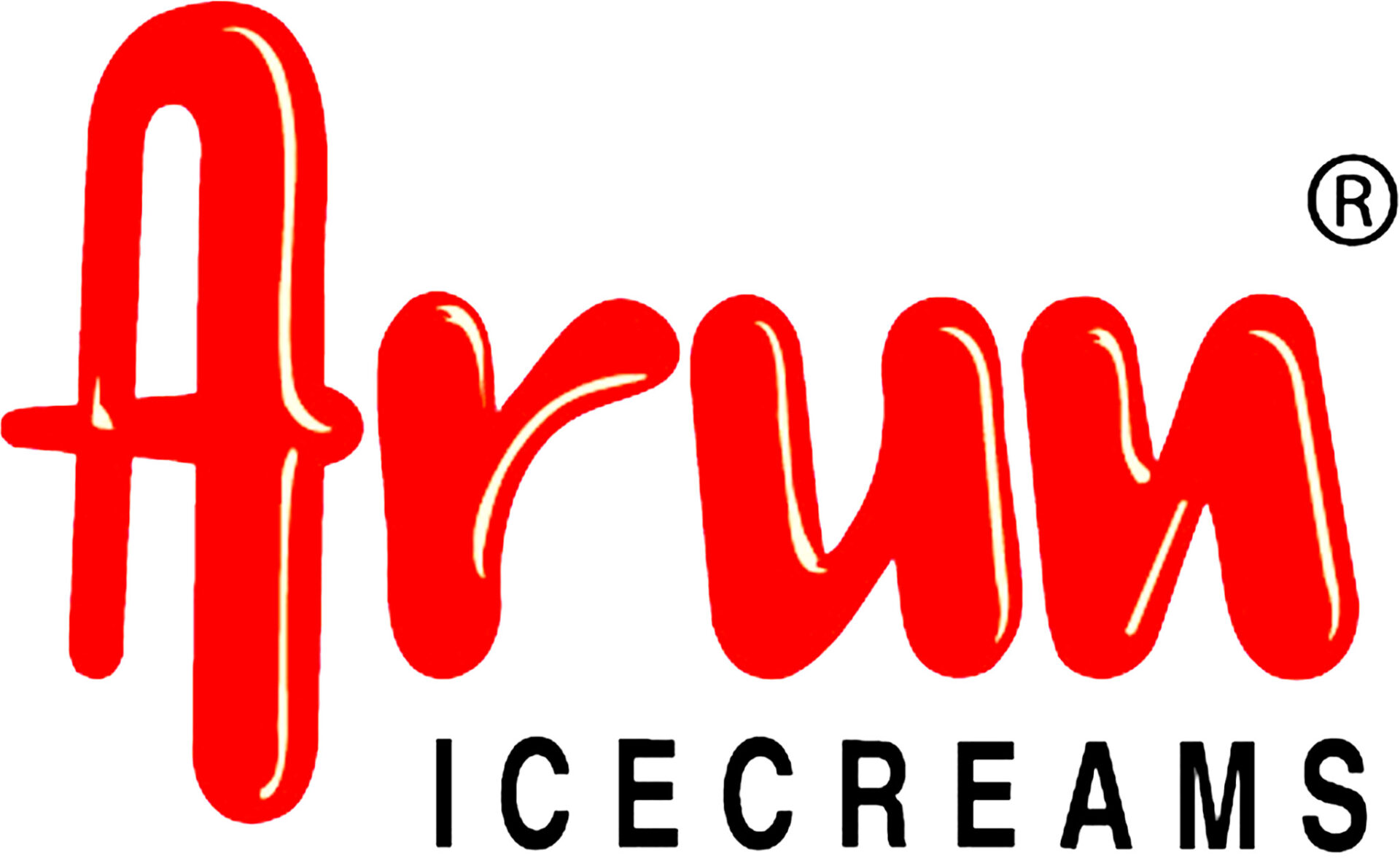
Entrepreneurs looking for motivation need go no farther than R.G. Chandramogan. His rise from a rural town in Tamil Nadu to prominence as an Indian business leader in the dairy industry is inspiring.
R.G. Chandramogan, a 21-year-old native of Tiruthangal, a mofussil town in the Sivakasi taluk of the Virudhunagar district in southern Tamil Nadu, decided to remain in Chennai and strike out on his own in 1970. His dad decided to pack up the family and go back to the hamlet where he grew up, farming.
In 1971, he opened an ice cream business in a 250-square-foot area at Royapuram, north of Chennai, with a capital of Rs 13,000. He had three workers at the time. To market his Arun Ice Cream, he purchased nine push carts and six tricycles and hired salespeople. R.G. Chandramogan and Co. was the name he chose for his business.
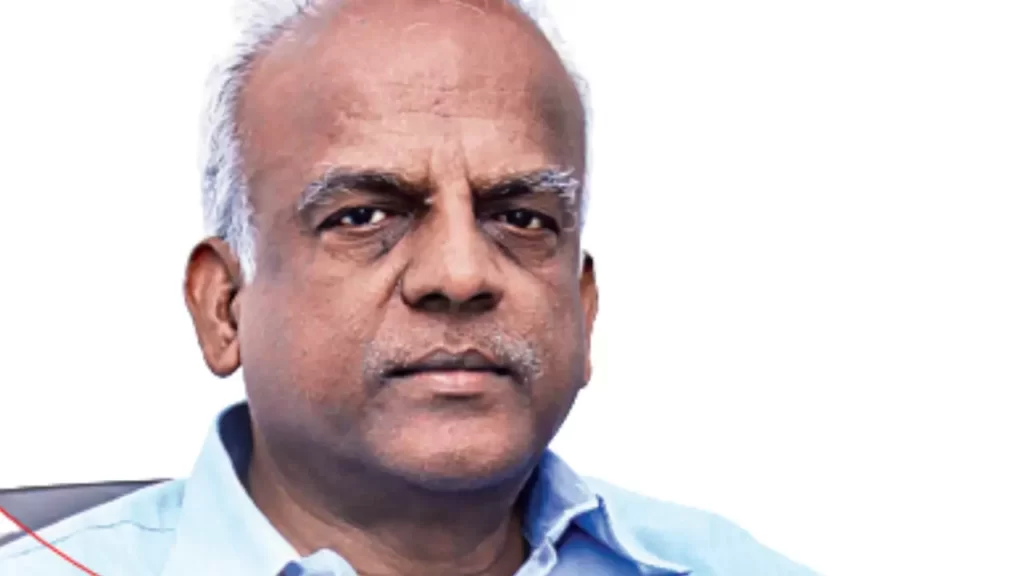
Naming
More the sun, more the ice cream. This is why he named his ice cream brand, Arun.
He didn’t do a tonne of research before launching his ice cream company. Since money was tight and he couldn’t afford the high startup costs of other companies, he took his uncle’s advice and started this business.
Investment in products was a gamble back then because companies like Dasaprakash, Kwality, and Joy controlled the southern market. There were between 3,500 and 4,000 ice cream businesses like Arun’s. Why did this product survive when others failed?
He and his company endured over the following decade. Since he lacked any relevant experience, his company’s growth was slow. In 1971, the sales were Rs 1.15 lakh, but by 1981, they had only increased to Rs 4.25 lakh.
Especially in the beginning, when young Chandramogan relocated his second ice cream base to a less accessible location and saw his clients melt away as quickly as his ice cream, there were significant setbacks. After meeting the Punjabi businessman, Vijay Kumar Syal, he too adopted the “Rita” concept, investing in men with pushcarts who sold Arun ice cream in underserved regions.
By 1991, the company’s revenue had increased to Rs 4 crore, thanks to his education in marketing and finance. No turning back at that point
Aiming For Untapped Markets
Chandramogan found niches that major companies weren’t focusing on because they deemed them too tiny or unprofitable. He began selling high-quality ice cream to college students, knowing that they would be open to testing new flavours. There was a positive reaction. He did the same thing with ship chandlers, another target market, by learning about their packing and shipping needs. By 1974, it was said that about 95% of the college canteen and ship-chandler markets exclusively sold Arun Ice Cream.
Chandramogan’s brand was also introduced to rural regions, which was a smart move on his part as a marketer. By advertising his product as “Fresh ice cream from Madras,” he was able to win over consumers in remote areas. Since they had previously been considered a minor demographic, people in rural areas appreciated the effort a company in “Madras” made to reach out to them. Only in the late 1980s was Arun able to break through to the rest of Madras (now Chennai).
Chandramogan quickly expanded to provide dry ice-chilled ice cream to district-level cafeterias and dormitories. He had his goods sent throughout via Indian Railways. Chandramogan focused on second and third-tier cities such as Pondicherry (now Puducherry), Madurai, Sivakasi, Kumbakonam, and the like since he was not yet prepared to enter Madras.
Brilliant Advertising
To complement his inherent cleverness, Chandramogan decided to educate himself in the fields of marketing and human resource management around this time.
In addition to providing ice cream for celebrations like weddings, Chandramogan advertised on billboards that ice cream could be reserved in advance via Arun agents and picked up at a prearranged time. There was a huge amount of interest in this.
Parlours
If reports are to be believed, Arun Ice Cream Parlours were the first of their kind in India. It turned out to be a happy accident. Chandramogan was unable to provide deep freezer units to stores that were interested in carrying his brand due to a lack of capital. After seeing the success of ‘fixed-day’ marketing, one entrepreneurial individual offered to construct a storefront just for the product and purchase his freezer in exchange for exclusive distribution rights in 1981. A place where people could come in, relax, and enjoy ice cream was needed, and thus the ‘parlour’ was formed.
Geographic Growth
Starting in Tamil Nadu, this franchise model rapidly spread across the rest of the southern states. Some franchisees reportedly had their children called “Arun” out of extreme loyalty to the brand. In 1985, Arun was the most popular ice cream brand in Tamil Nadu. It is said that by 1999, there were 700 locations throughout the states of Tamil Nadu, Karnataka, Kerala, and Andhra Pradesh.
Sales reached more than Rs 3 crore by the 1990s. While Hindustan Unilever bought up numerous smaller ice cream manufacturers in the 1990s, Arun Ice Creams stood firm. In 1995, Chandramogan responded to the growing demand for its ice cream by equipping its fleet of delivery cars with refrigeration units.
Developing The Company’s Reach
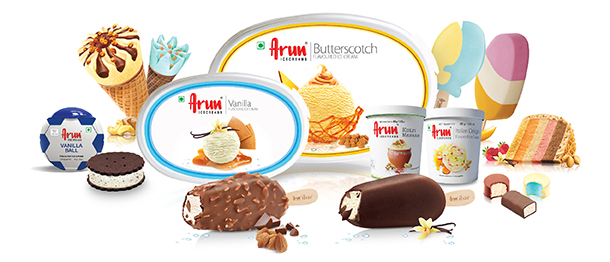
However, in 1986, Chandramogan tried his hand at the dairy industry. The production of ice cream relies on a steady supply of high-quality milk. Chandramogan established a locally sourced supply chain for his ice cream company by purchasing milk directly from dairy farmers. He registered the business as Hatsun Foods Pvt. Ltd. (It changed its name to Hatsun Agro Product Ltd. in 1998, then to Hatsun Milk Food Ltd. The ‘Arun’ trademark now legally belongs to the aforementioned firm.
Sales of ice cream dropped in the early 2000s when Chandramogan moved his attention to the dairy industry. Only in 2007 did things start looking up again. Arun Ice Cream Unlimited, a new kind of ice cream parlour created by Hatsun that year, offered customers unlimited scoops. After the introduction of the high-end Ibaco brand in 2012, several parlours shifted their focus to selling just that product.
Now, Hatsun stores serve as delivery hubs first thing in the morning, and as regular shops selling Arun’s wares out of glass-door refrigerated displays later in the day.
Only around 10% of the company’s revenue comes from ice cream, but when you say the word “Arun,” people instantly think of ice cream because of the company’s strong brand recognition.
Arun has expanded into Maharashtra and Orissa, adding to his already massive network of over 2,300 salons spanning Tamil Nadu, Karnataka, and Andhra Pradesh. The company has a significant international presence, with 70% of the market share in Seychelles and a spot in the top 5 brands in Brunei. As implied by its namesake, Arun continues to enjoy favourable conditions.
Reference
https://yourstory.com/2017/04/rg-chandramogan-hatsun-agro-product
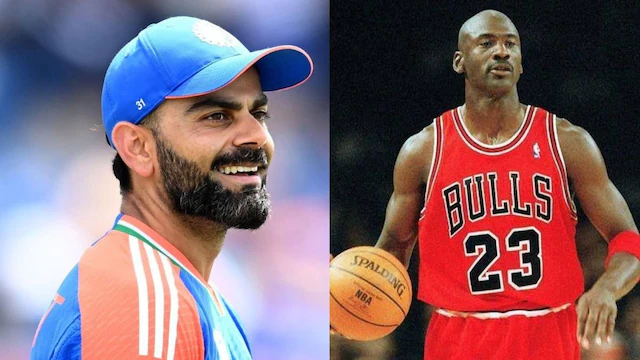

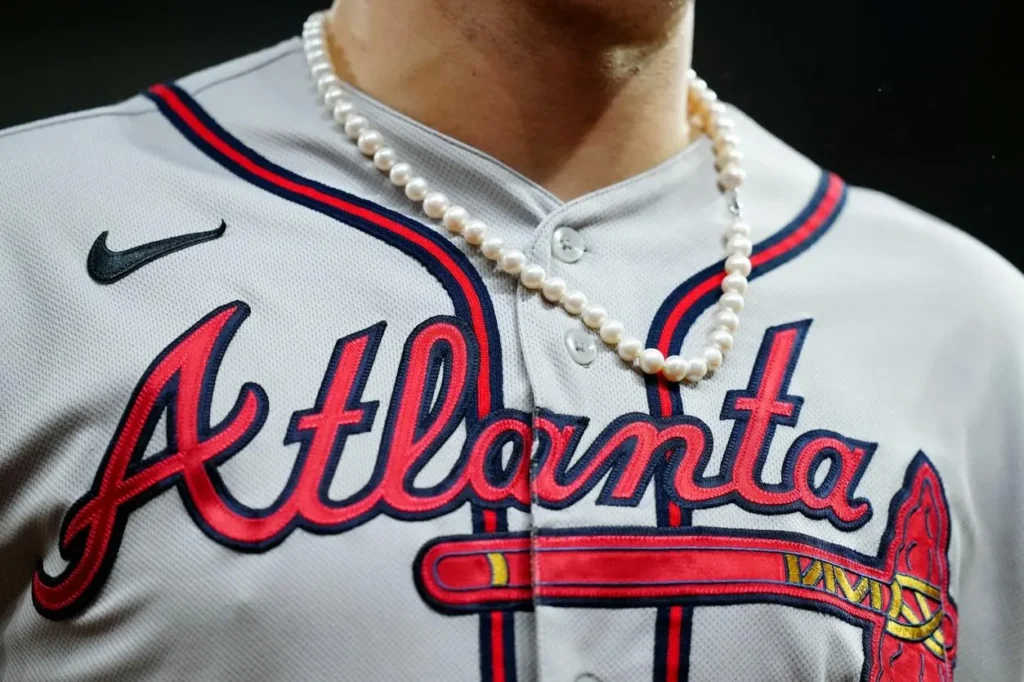

I am selling this brand product in Bhubaneswar,Odisha, Here it’s supply is not effective. More than a month we are not getting product. No one in this company co- operating us to get product in time. I called customer care , concern employee here but no one is ready to listen our request. If products are good but availability is not there then there is no value on product. Now for 10 numbers of icecream I am paying current bill.